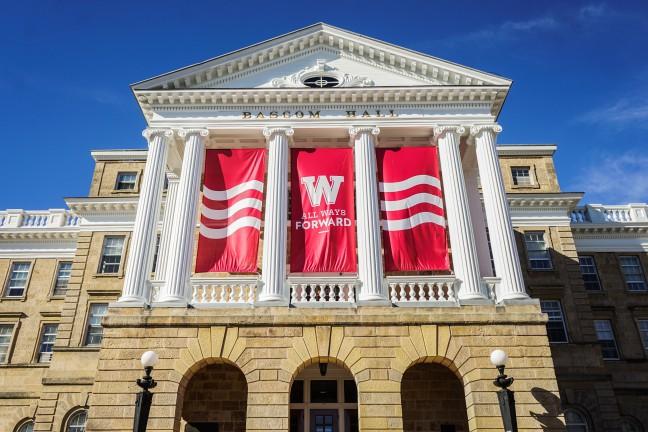In an effort to establish a more inclusive environment on campus, the University of Wisconsin created a variety of programs including cultural competency initiatives, programs and workshops. Studies at UW also investigated a need for culturally aware mentorship training.
Various initiatives were led by researchers at UW in the hopes of increasing diversity while helping mentors navigate cultural dynamics, according to UW Faculty and Staff Diversity & Inclusion Resources. One such idea was promoting diversity and inclusion training for faculty and staff.
These faculty differ in their views on the efficiency of diversity training. UW professor and director of a social psychology research laboratory Markus Brauer said he was skeptical of diversity training as there is no evidence it is effective.
“If there is diversity training, I would like to see who offers that diversity training and whether they have evaluated the kind of training they offer and whether that meets the desired outcome,” Brauer said. “Some kinds of diversity training make things worse, and actually deteriorates relationships between groups, so the blanket statement that UW needs more diversity training is one that I would not support or subscribe to.”
Brauer said the university provides various opportunities for faculty training, including inclusive mentoring and inclusive teaching. Brauer said he was not sure if such training was mandatory.
Brauer said the university does encourage promoting inclusion within the classroom.
“I think it’s made clear by the leadership that this is a core value of our institution, that is something that we value and that is something that we stand for,” Brauer said. “Doing that is part of providing a high quality education. We need to make students from underrepresented backgrounds feel welcome on this campus. Everybody benefits from that.”
UW professor Robert Asen, who works in the Communication Arts Department, said he found that diversity and inclusion training varies from department to department. According to Asen, efforts within Communication Arts were a department-led process.
Asen said over roughly the past five years, the department tried to incorporate issues of diversity in terms of training and reflection programming as a department. For example, Asen said the Communication Arts department created a Diversity and Equity committee.
“There have been a number of different practices that have been discussed and ongoing efforts including discussions of how to incorporate diverse viewpoints and perspectives onto campus,” Asen said. “Workshops have originated from faculty who have tried different activities and shared those with others as brainstorming ideas. There are also training sessions that take advantage of the resources available elsewhere on campus.”
Brauer said there is always more that can be done to improve campus climate and make students feel welcome.
For example, a field of research known as diversity science, Brauer said, may be a promising route for inclusion. Brauer said diversity science studies and evaluates initiatives likely to lead to desirable outcomes.
“My suggestion would be to look at what has been tested and has shown to be effective,” Brauer said. “Some initiatives have to be local and change particular teaching practices. Different types of efforts help students from marginalized backgrounds feel welcomed and included and respected.”
According to Asen, the Communication Arts department tried to be mindful of diversity and inclusion in teaching, both in terms of subject material for courses and appreciating the varying demographic backgrounds of the student body.
Crowd at Capitol celebrates president-elect Joe Biden, protests for BLM
Asen said every department varies in their methods promoting diversity and inclusion and acknowledging and uplifting all voices. Asen also said it is necessary to address differences students and faculty may have.
“We need to work together productively as members of this society and I think the university can play a leading role in this moving forward,” Asen said. “This goes for students, faculty and staff. I think we’re all learners on this campus. We should all do our part to learn about it and have it in our learning practices.”
Brauer said perhaps the most effective way to promote inclusion on campus is listening to marginalized voices. Language, Brauer said, is an important tool in striving for diversity and inclusion.
According to Brauer, sometimes diversity training is not reflective of how marginalized groups actually feel.
“I think a lot of effort is trying to find out what are the kind of expressions that we should use that make people from different social groups feel welcome, included and respected,” Brauer said. “Why don’t we listen to those who are marginalized, do what they say and make them feel welcome and included on campus?”


